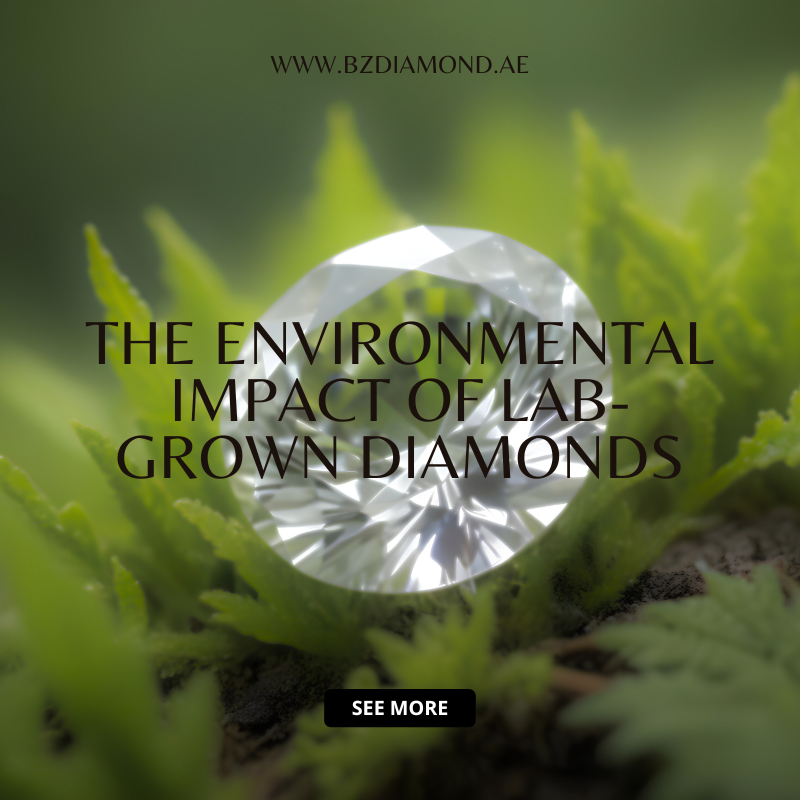
As environmental concerns become increasingly important to consumers, many are looking for sustainable and ethical alternatives to traditional products. Lab-grown diamonds have emerged as a popular choice for those who want to enjoy the beauty and elegance of diamonds while minimizing their environmental footprint. In this blog post, we’ll explore the ecological impact of lab-grown diamonds and why they are considered a sustainable choice.


Lab-grown diamonds offer a sustainable and ethical alternative to natural diamonds, with a significantly lower environmental impact. By choosing lab-grown diamonds, you can enjoy the timeless beauty and elegance of diamonds while supporting environmentally friendly practices. At BZ Diamond, we are committed to providing high-quality lab-grown diamonds that align with your values and contribute to a more sustainable future.
Discover our collection of stunning lab-grown diamonds at BZ Diamond and make a choice that reflects your commitment to the environment and ethical sourcing.